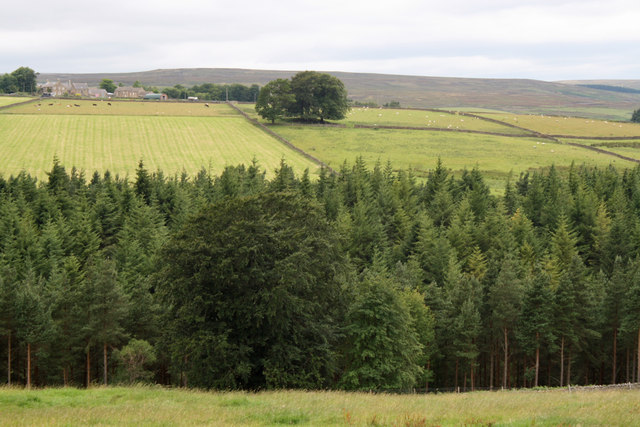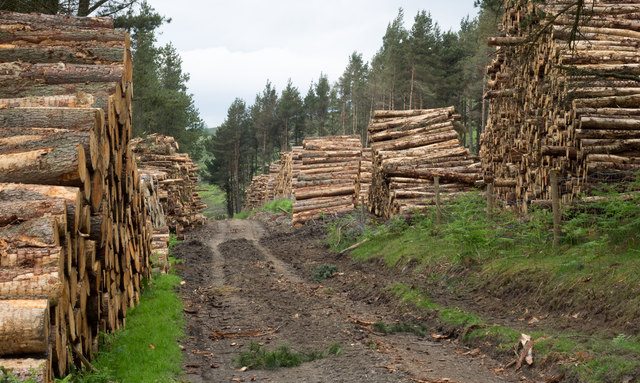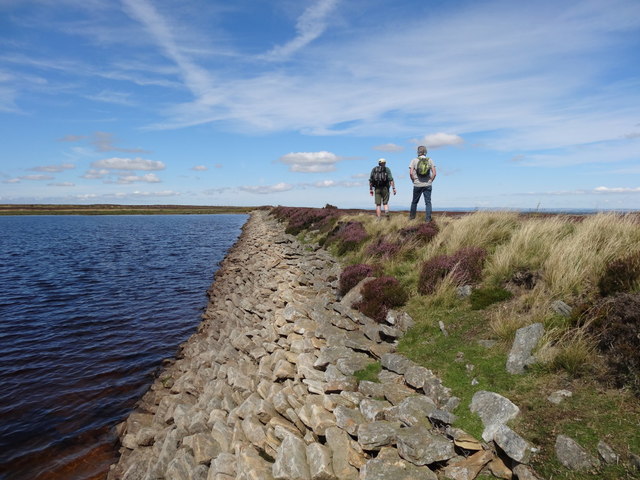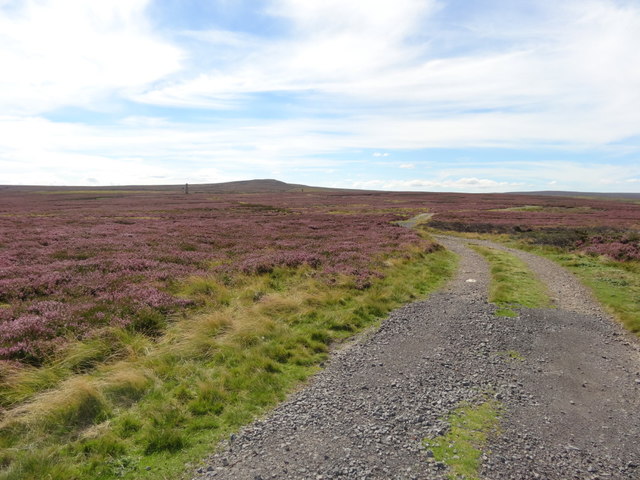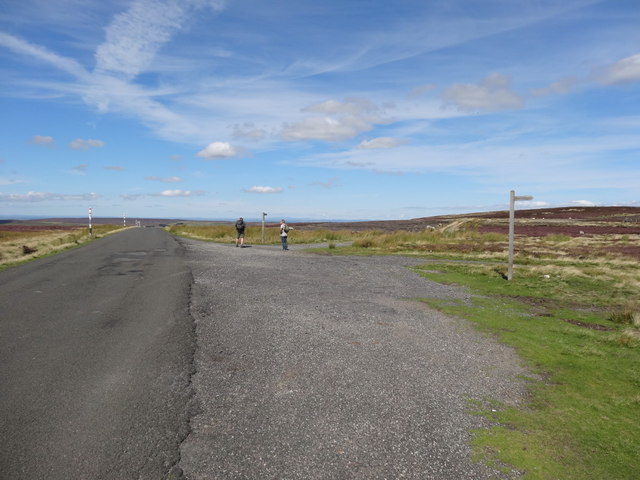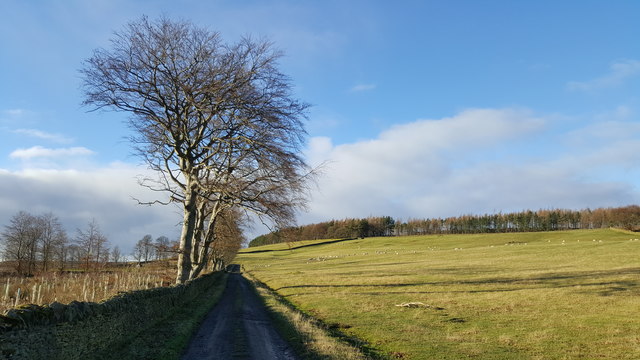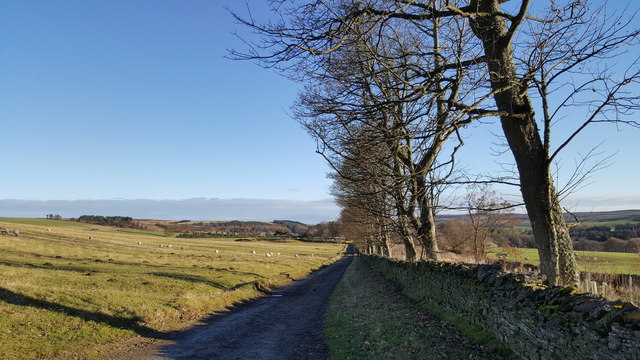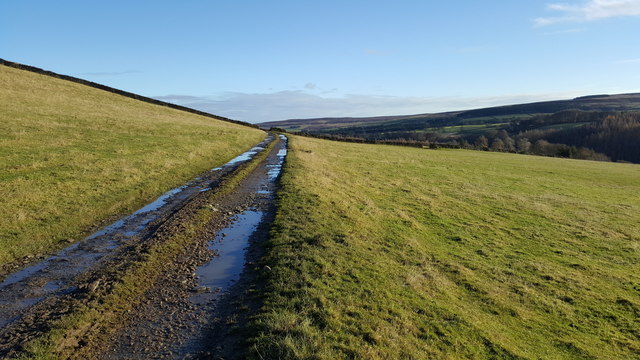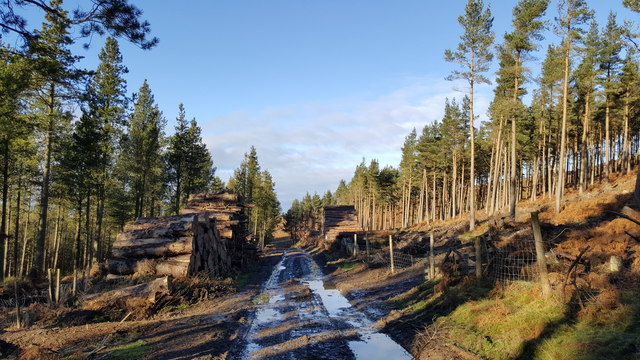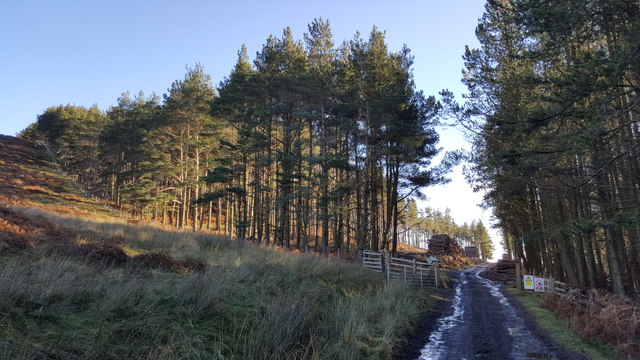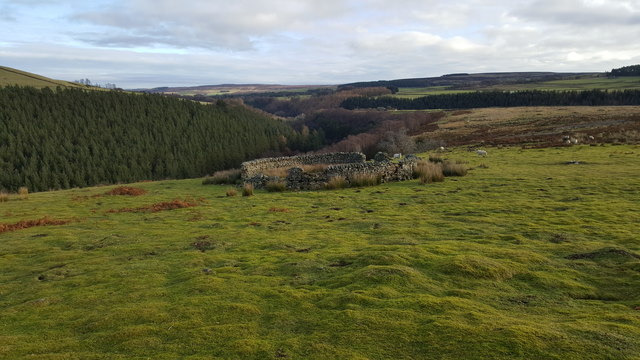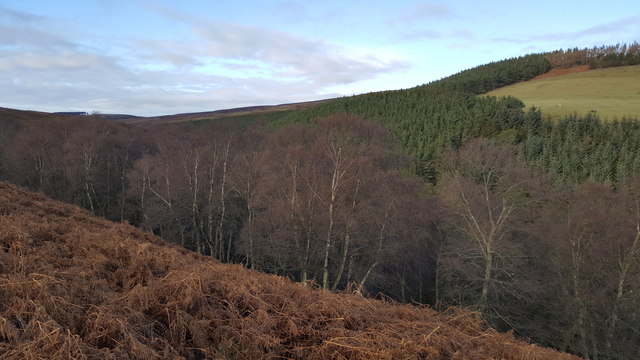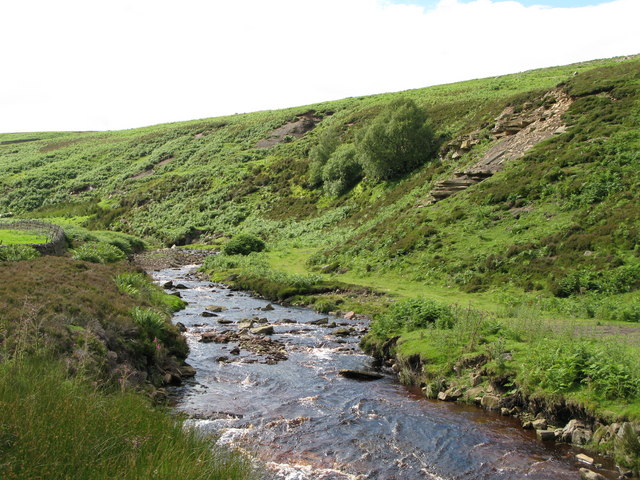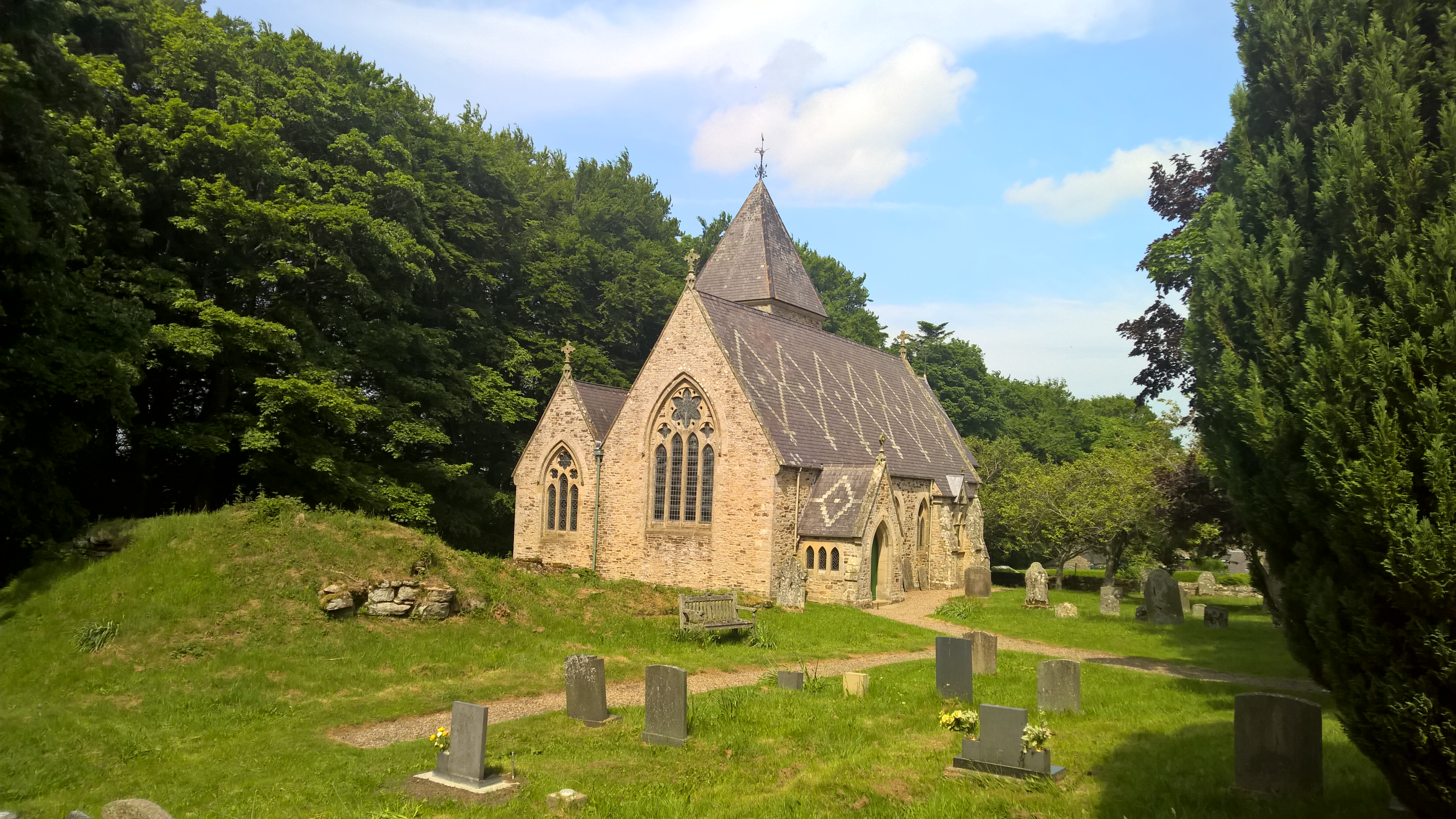Deeps Plantation
Wood, Forest in Durham
England
Deeps Plantation
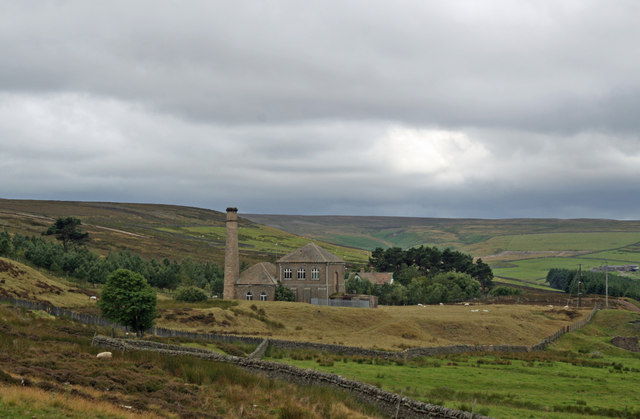
Deep's Plantation, located in Durham, is a remarkable woodland area known for its lush vegetation and serene atmosphere. Situated within the larger Durham Forest, this particular plantation is a haven for nature enthusiasts and hikers alike.
Covering an expansive area of approximately 500 acres, the plantation is characterized by its dense woodland, comprised mainly of towering trees such as oak, maple, and pine. The diverse ecosystem within the plantation supports a wide variety of flora and fauna, making it an ideal spot for avid birdwatchers and wildlife enthusiasts. Visitors can expect to encounter species such as deer, rabbits, squirrels, and a plethora of bird species during their exploration.
Deeps Plantation offers several well-marked trails that wind through the forest, catering to various difficulty levels and preferences. These trails provide opportunities for leisurely strolls, invigorating hikes, and even trail running. The paths are well-maintained, ensuring a safe and enjoyable experience for visitors of all ages.
One of the highlights of Deeps Plantation is the iconic Deep's Pond, a tranquil body of water located within the woodland. The pond not only adds to the aesthetic beauty of the plantation but also serves as a habitat for numerous aquatic species, including fish and amphibians.
With its picturesque beauty and abundant wildlife, Deeps Plantation is a hidden gem for nature lovers in Durham. Whether one seeks solace in the peacefulness of the woodland or desires an active outdoor adventure, this plantation offers a truly enriching experience for all who venture into its verdant embrace.
If you have any feedback on the listing, please let us know in the comments section below.
Deeps Plantation Images
Images are sourced within 2km of 54.827996/-2.0834009 or Grid Reference NY9448. Thanks to Geograph Open Source API. All images are credited.

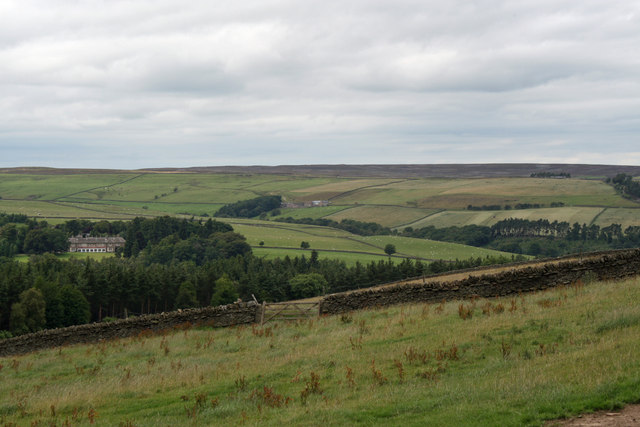
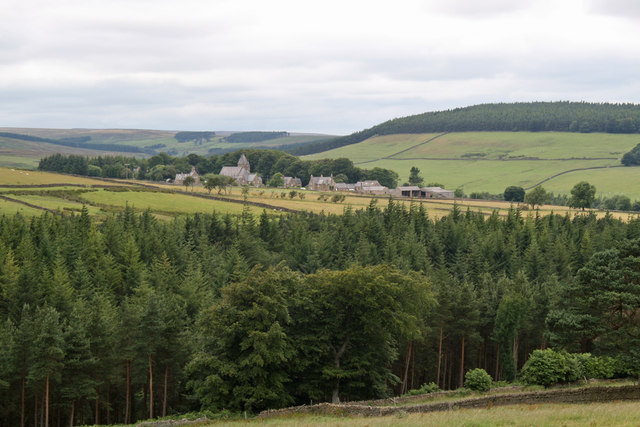
Deeps Plantation is located at Grid Ref: NY9448 (Lat: 54.827996, Lng: -2.0834009)
Unitary Authority: County Durham
Police Authority: Durham
What 3 Words
///goofy.parrot.expose. Near Stanhope, Co. Durham
Nearby Locations
Related Wikis
Townfield
Townfield is a village in County Durham, in England. It is situated just to the south of Hunstanworth and part of that parish, about 10 miles (16 km) west...
Ramshaw, Consett
Ramshaw is a small village in County Durham, in England. It is situated to the south of Hunstanworth, a few miles west of Consett. Lead mining was an important...
Beldon Burn
Beldon Burn is a headwater stream of the River Derwent in Northumberland and County Durham, England.It rises at Quickcleugh Moss as the Quickcleugh Burn...
Hunstanworth
Hunstanworth is a village in County Durham, England. It is situated approximately 10 miles to the west of Consett, south-west of the village of Blanchland...
Baybridge, Northumberland
Baybridge is a small village in Northumberland, England, just to the west of Blanchland and on the border with County Durham. It is situated to the west...
Blanchland
Blanchland is a village in Northumberland, England, on the County Durham boundary. The population of the civil parish at the 2011 census was 135.Set beside...
Blanchland Abbey
Blanchland Abbey at Blanchland, in the English county of Northumberland, was founded as a premonstratensian priory in 1165 by Walter de Bolbec II, and...
Muggleswick, Stanhope and Edmundbyers Commons and Blanchland Moor
Muggleswick, Stanhope and Edmundbyers Commons and Blanchland Moor is a Site of Special Scientific Interest in County Durham and Northumberland, England...
Related Videos
Baybridge ~ Newbiggin Fell ~ Nookton Fell loop with iWalksNE ~ 10.2 miles ~ Glorious!
Who would have thought a day after the battering of Storm Babet we would have clear-blue skies and perfect walking weather and ...
Blanchland & Slaley Forest, Northumberland - 6 March 2023
A 10 mile walk from Blanchland. The route heads east along the River Derwent until it reaches the Derwent Reservoir. Here the ...
Exploring Blanchland, Northumberland Northen England.
I really enjoy my ride to Blanchland and I will be exploring more of Northumberland in the next few months so I hope you will like ...
Harrison's Cross Blanchland
As far as I can tell, this cross like structure has no significant meaning, and was probably built to protect animals from the high ...
Nearby Amenities
Located within 500m of 54.827996,-2.0834009Have you been to Deeps Plantation?
Leave your review of Deeps Plantation below (or comments, questions and feedback).
